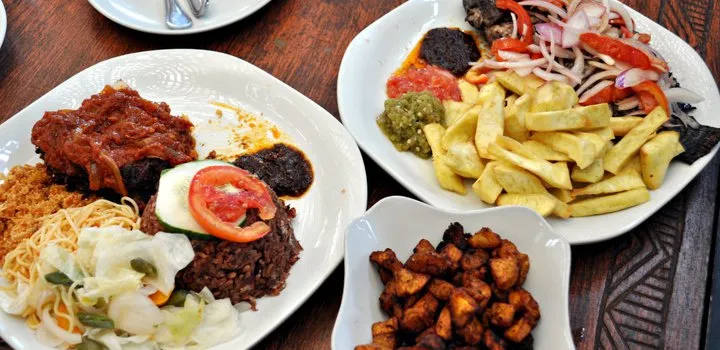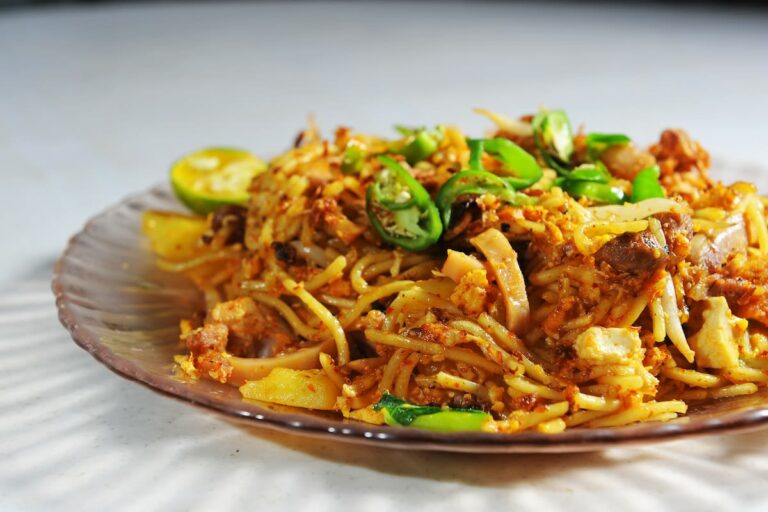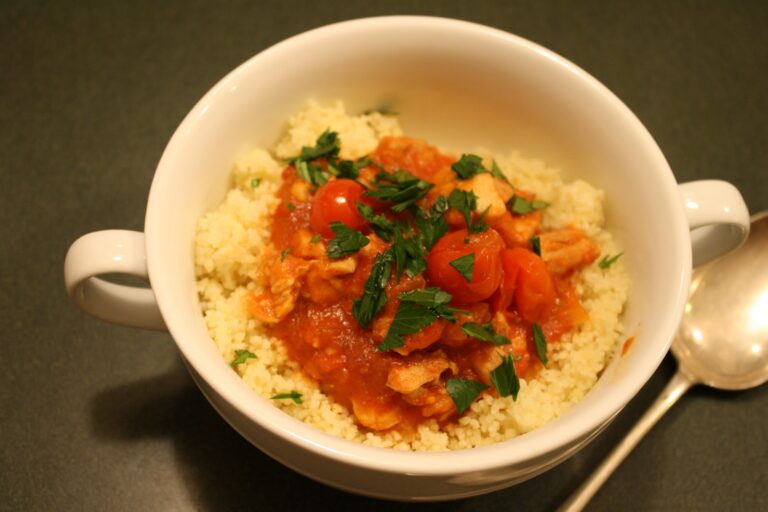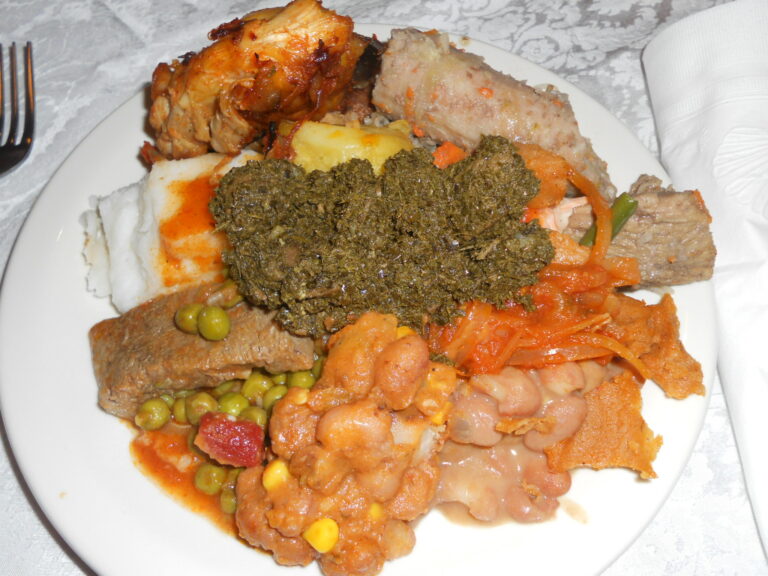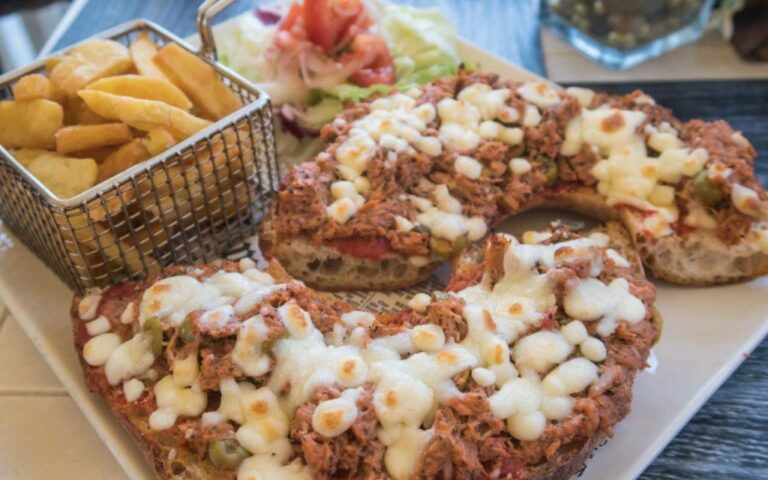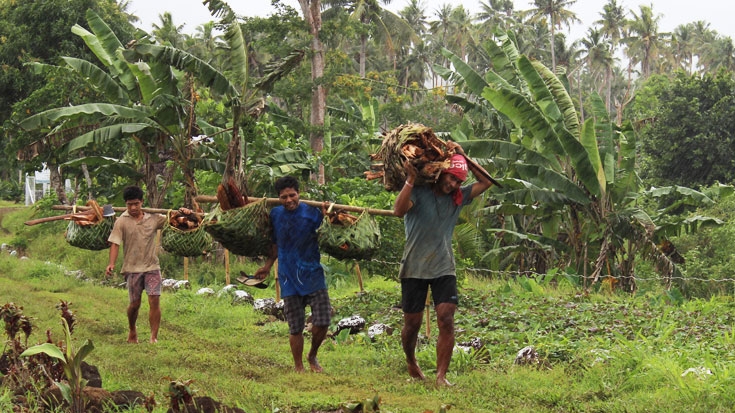Malawi’s Agricultural Practices
Malawi is a landlocked country located in southeast Africa. Agriculture is the backbone of the country’s economy and a major source of livelihood for the majority of the population. The country’s agricultural practices are based on small-scale subsistence farming, with maize being the most widely grown crop. Other crops grown in Malawi include cassava, rice, beans, sweet potatoes, and groundnuts.
Staple Crops in Malawi
Maize is the most important staple crop in Malawi and is used to make nsima, the country’s national dish. Nsima is a thick porridge made from maize flour and water. It is usually served with a relish, which can be made from a variety of ingredients such as beans, vegetables, meat, or fish. Other staple crops like cassava and sweet potatoes are also used to make porridges and dishes like ndiwo, which is a vegetable relish.
Traditional Malawian Dishes
Apart from nsima and ndiwo, there are several other traditional Malawian dishes that reflect the country’s agricultural practices. For example, thobwa is a traditional drink made from maize flour, water, and sugar. It is often served at social gatherings and is a refreshing drink on a hot day. Chambo is a type of fish that is commonly eaten in Malawi. It is usually grilled and served with a relish.
Ingredients and Cooking Techniques
The use of local ingredients and cooking techniques is an essential part of traditional Malawian cuisine. For example, groundnuts are often roasted and ground to make peanut butter, which is then used as a staple ingredient in many dishes. Another common ingredient is dried fish, which is used to add flavor to dishes like ndiwo. Cooking techniques like grilling, boiling, and frying are also widely used.
How Agricultural Practices Influence Cuisine
Malawi’s agricultural practices have a significant influence on the country’s cuisine. The widespread cultivation of maize, for example, has led to the development of nsima as a national dish. Similarly, the availability of local ingredients like groundnuts and fish has led to their widespread use in Malawian cuisine. Traditional cooking techniques like grilling and boiling are also influenced by the country’s agricultural practices.
Global Impact of Malawian Cuisine
Malawian cuisine is not as well-known as other African cuisines, but it has the potential to become popular on the global stage. The use of local ingredients and cooking techniques is becoming increasingly popular, and Malawian chefs are starting to experiment with new flavors and ingredients. The promotion of Malawian cuisine could also help to boost the country’s economy by increasing demand for local produce.

